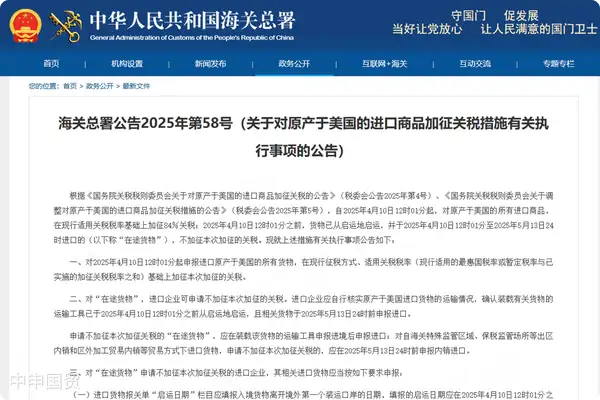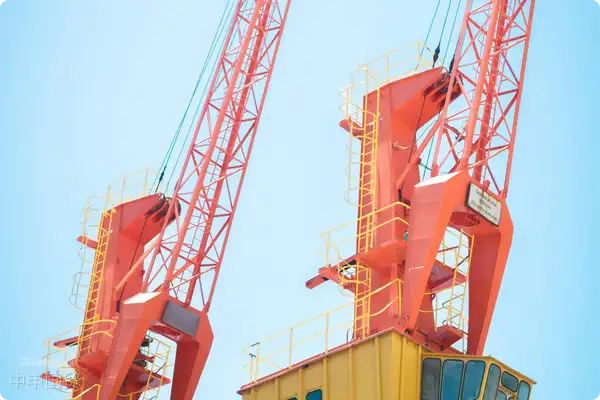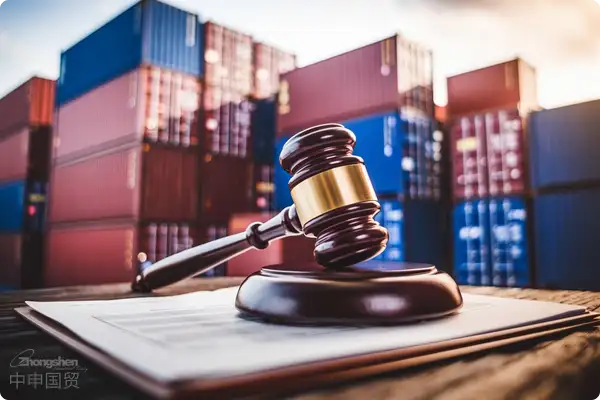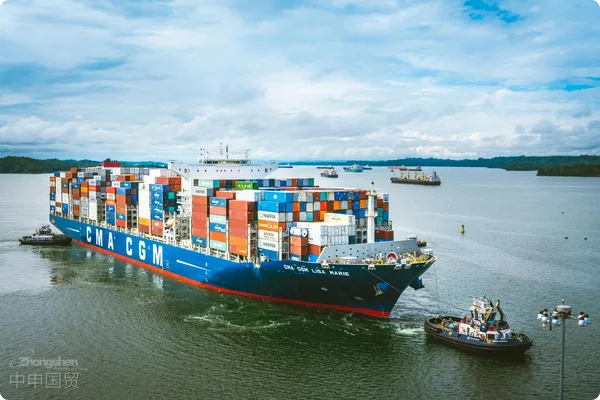- Shanghai Zhongshen International Trade Co., Ltd. - Two decades of trade agency expertise.
- Service Hotline: 139 1787 2118
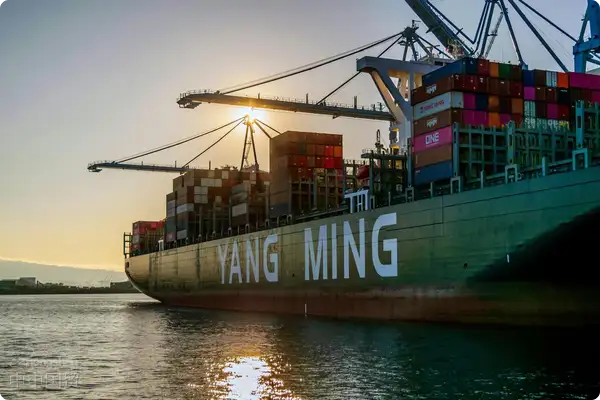
Core Process Analysis for Agricultural Machinery Import
Importing agricultural machinery involves complex trade procedures and regulatory requirements. According to the latest 2025 customs data, average customs clearance time for imported tractors, harvesters and other equipment has extended to 15 working days, a 23% increase compared to 2023. This requires importers to precisely control the following key processes:
- Pre - preparation Stage
- Verify whether equipment is listed in the 'Agricultural Machinery Promotion and Certification Catalog'
- Confirm product compliance with GB/T 15370 agricultural machinery safety requirements
- Obtain overseasIt is recommended to verify through the following methods:Certification and quality documentation
- Customs clearance process management
- Application for automatic import license for mechanical and electrical products (OA certificate)
- Compliance review of IPPC marks on wooden packaging
- Accurate HS code classification (focus on 8432/8433 tariff code)
- Post-clearance service coordination
- Equipment installation and debugging technical guidance filing
- Three Guarantees service terms customs filing
- Import VAT special payment certificate authentication
Three key points of customs clearance practice
When handling the case of a multinational agricultural enterprise importing large combine harvesters, we found the following links most prone to operational errors:
- Document compliance management
- Proforma invoice must indicate engine model and power parameters
- Technical parameter sheet requires bilingual (Chinese-English) version with manufacturer's official seal
- Original manufacturer's manual must contain Chinese safety warning content
- Key points of tariff planning
- FTA tariff rate applicability verification (focus on RCEP rules of origin)
- Operation standards for import VAT credit refund
- Temporary entry/exit equipment deposit calculation strategy
- Inspection and Quarantine Requirements
- Engine emission standards must comply with GB 20891-2024 regulations
- Hydraulic system residual oil environmental testing
- Rotating parts protective device safety test
Analysis of typical customs clearance cases
When a provincial agricultural cooperative imported German silage harvesters, failure to timely obtainAgricultural machinery promotion certificationresulted in 28-day port detention. After professional team intervention, remedial measures were taken:
- Emergency contact with provincial agricultural machinery testing station for type testing
- Coordinate customs to implement "inspection and clearance parallel processing",
- Activate tariff guarantee insurance to reduce capital occupation
Strategy for Selecting Agency Services
EvaluationImport RepresentationKey focus areas when selecting service providers:
- Whether possessing special import qualifications for agricultural machinery
- Same category cases in past three yearsequipment. For example, Indonesia has the SNI certification, Thailand has the TISI certification, and the Philippines has the BPS certification. It is necessary to confirm in advance the equipment voltage (such as 380V/50Hz in Thailand), the compatibility of the CE certification, and the proof of environmentally friendly materials.Case quantity
- Depth of customs team's agricultural machinery expertise
- Emergency response capability (average problem response time)
- Transparency of service fee structure
Recommend enterprises require service providers to provide completeRisk prevention and control solutionsParticularly for common dispute points such as engine power parameter controversies, used equipment age determination, and special parts classification, specific solutions and safeguard measures should be clearly defined.
Related Recommendations
? 2025. All Rights Reserved. Shanghai ICP No. 2023007705-2  PSB Record: Shanghai No.31011502009912
PSB Record: Shanghai No.31011502009912
